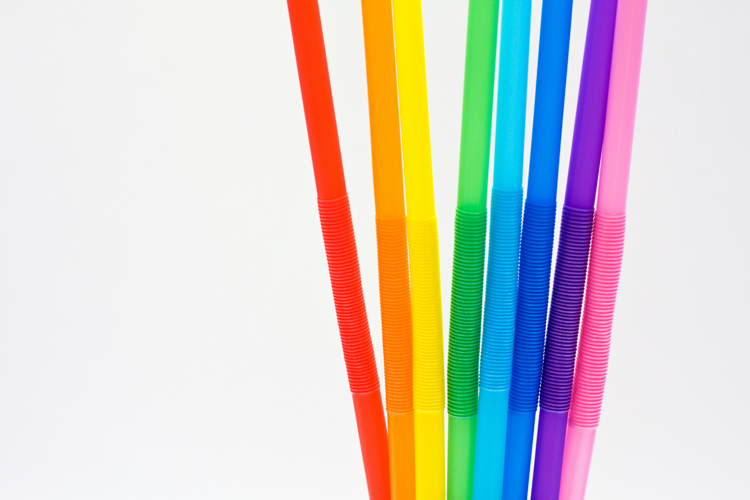Did you know that 500 million straws are used daily in the United States? Surfrider Foundation invites us to reduce and ban plastic straws and stirrers from our daily habits.
In 2012, Miami Beach, Florida, became the first US city to prohibit beachside restaurants from using plastic straws. But Surfrider wants a change in the West Coast. And San Francisco could be next.
"Assuming every San Francisco resident uses one straw per day (which is a conservative estimate based on national statistics), over 4,800 pounds per day of plastic straws could be eliminated by a ban in San Francisco," explains the organization led by Chad Nelsen.
Straws are an old drinking tool. They were found in 5,000-year-old Sumerian tombs, but their popularity rose between the late 19th century and the 1960s.
There are several enjoyable alternatives to plastic straws. Bartenders and consumers can use paper straws, bamboo straws, stainless steel straws, or corn-based plastic straws to enjoy a crushed ice cocktails, smoothies, and soft drinks.
"Individuals can collectively have a huge impact by choosing not to use straws. When ordering drinks at restaurants, simply ask your server for your drink with no straw. As Surfrider chapters around the country will tell you, plastic straws suck," conclude Surfrider.
Straws are among the top 10 marine debris items. They are made of polypropylene, a petroleum bi-product that also fuels our vehicles. Americans use enough straws to fill 46,400 large school buses per year.
Ready to ban plastics from your life? We can help.
